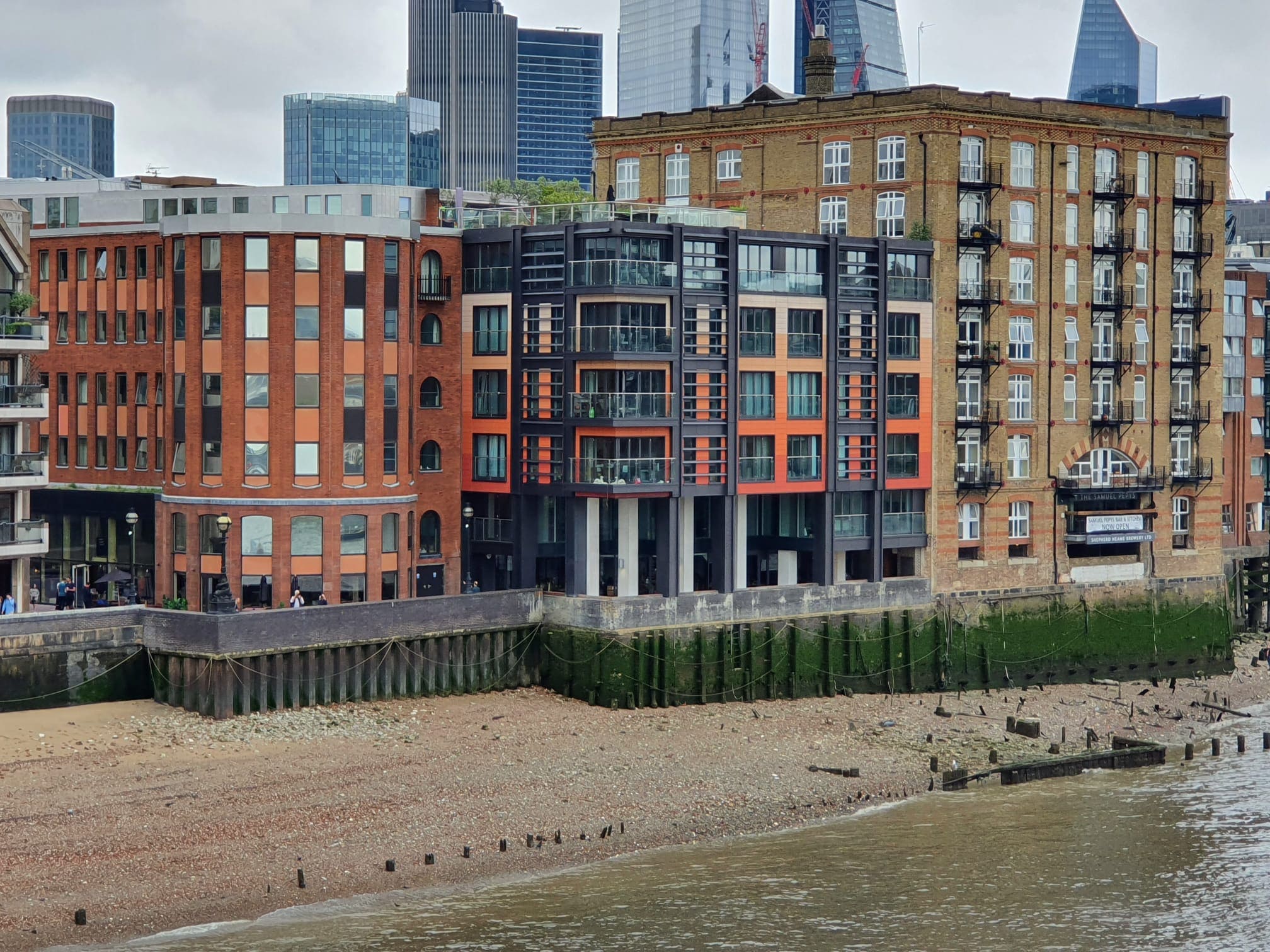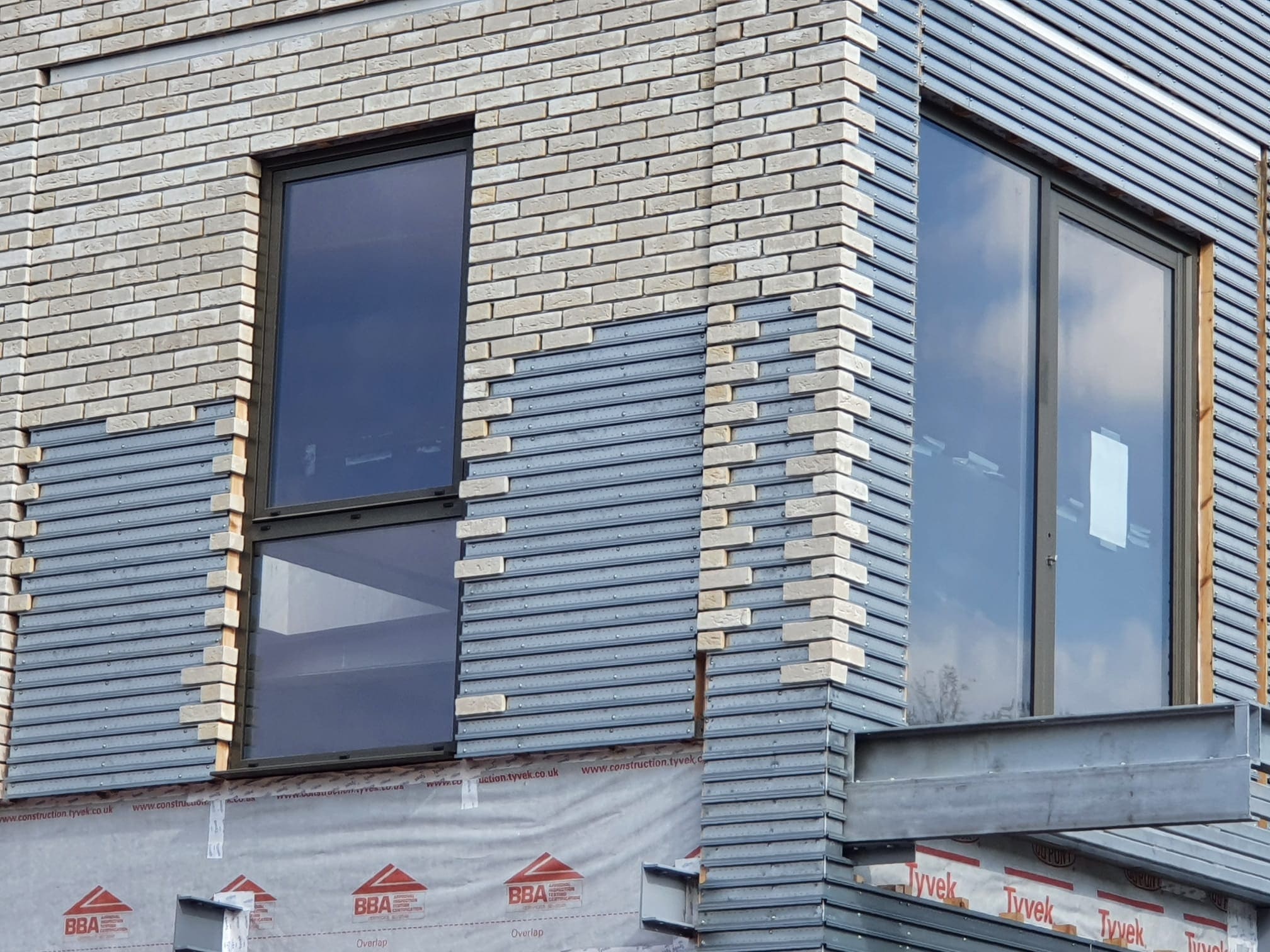 451
451
 0
0
Introducing SBTR: A New Direction for the BTR Sector
As if the property industry didn’t already have enough confusing acronyms, here’s a new one to keep track of: SBTR, which stands for Suburban Build to Rent. While Build to Rent (BTR) has been rapidly growing in urban centres, SBTR could mark the beginning of a significant shift in the sector's future. The suburban rental model could open up a new frontier for the successful BTR model, with a focus on suburban areas rather than the typical city centre locations. This could appeal to a broader demographic, especially families looking for rental options outside the hustle and bustle of the city.
Legal & General Capital's Bold Move into SBTR
Legal & General Capital (L&G) is one of the most significant players in the BTR market, and their new Suburban Build to Rent business has the potential to make waves. The company recently announced the development of large-scale “single-family” rental communities in suburban locations across the UK. Partnering with housebuilders, L&G aims to deliver 1,000 homes for rent each year starting from 2024. This ambitious move represents a new twist on the traditional BTR model. Instead of focusing solely on high-rise apartments in central urban areas, L&G's model incorporates low-density housing, including houses and apartments that are better suited to families. The homes will also feature home offices and larger outdoor spaces, addressing the growing demand for flexible living arrangements in the wake of the pandemic. Given the ongoing success of the BTR sector in urban areas, there’s a good chance this new suburban model will also meet the needs of a diverse demographic, particularly families.
Why the Suburban Build to Rent Model Could Be Popular
The core idea behind Suburban Build to Rent is to provide a family-friendly, community-oriented rental experience that combines the best of both worlds: the affordability and space of suburban living with the convenience and flexibility of renting. The popularity of suburban areas has been on the rise, as many families and individuals seek more space, especially with remote working becoming the norm. Unlike city-centre BTR developments that primarily cater to young professionals or childless couples, the suburban version could attract families and multi-generational households. Families looking for more space, both indoors and outdoors, along with easy access to local amenities and transport links, could find these types of developments a much more attractive option than traditional rental properties. In addition, the home office element is becoming increasingly important in the current climate, where hybrid working is likely to remain part of the landscape for the foreseeable future. Suburban Build to Rent properties with home offices and green spaces could make a big difference for families looking to balance home life and work life.
How Other Providers Are Eyeing the Suburban Market
Legal & General Capital isn’t the only player with its sights set on the suburban Build to Rent sector. Fizzy Living and Sigma Capital are also beginning to dip their toes into the market, recognizing the growing demand for suburban rental properties. With the success of the traditional BTR model in cities, it makes sense for providers to look at expanding the market to suburban areas where the demand for family-friendly homes is strong. As more big-name landlords get involved, the suburban BTR sector could be a game-changer. These developments tend to be well-managed and come with the added benefits of corporate responsibility and clear procedures for tenants to raise complaints or issues. The fact that these properties are also built and maintained with the latest standards in mind—health and safety, compliance, and community management—could appeal to higher-income renters who are willing to pay a premium for peace of mind.
The Potential Impact on the Traditional Rental Market
The entry of big-name BTR providers into the suburban market could have significant consequences for the traditional rental sector. As more of these professionally managed developments become available, they may offer a more appealing alternative to buy-to-let (BTL) properties, especially for renters looking for the stability and professionalism that comes with large-scale landlords. However, this shift could be problematic for smaller, amateur landlords who currently dominate the BTL market. With growing regulatory pressures, reductions in tax allowances, and rising costs, the traditional rental market is already facing significant challenges. The addition of large-scale BTR developments, which can offer more amenities and modern living standards, could lead to a shrinking pool of potential tenants for smaller landlords. In fact, almost 50% of UK landlords rely on their BTL investments to finance their retirement, and a reduction in tenant numbers could severely impact their financial plans. Moreover, the increasing popularity of professionally managed BTR developments could push rents higher in certain suburban areas, making it harder for renters who rely on the flexibility of private landlords to find affordable properties. This, in turn, could exacerbate the growing housing affordability crisis in the UK.
The Future of SBTR and Its Potential for Growth
While the suburban Build to Rent sector is still in its early stages, there is a clear potential for growth in the coming years. As more families seek larger, more affordable rental properties in suburban areas, the demand for professionally managed, community-focused developments is likely to increase. Additionally, these properties offer an opportunity for landlords and developers to provide more sustainable, energy-efficient homes, which could help meet government housing targets and contribute to reducing the UK’s carbon footprint. However, challenges remain. The traditional rental market will continue to play an important role in providing affordable housing, and smaller landlords will still be needed to support the housing sector. The question remains whether the growth of SBTR will be able to coexist with the existing private rental market, or whether it will create further disruption. As the sector matures, the role of the government will also be critical in ensuring that the expansion of SBTR aligns with broader housing and economic goals. Balancing the needs of families, tenants, and smaller landlords with the demand for large-scale, professionally managed developments will require careful planning and regulation.




Meet our Expert Property Commentators



























